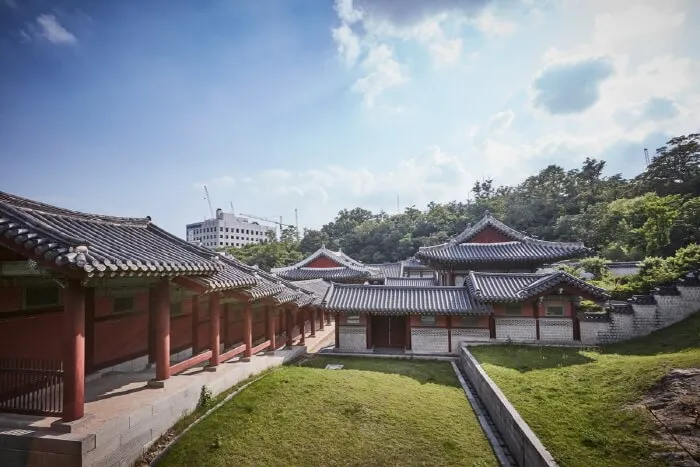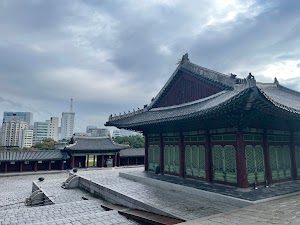A Palace of Tragedy and Resilience
Gyeonghuigung Palace, located in the heart of Seoul, is a palace with a tumultuous history, marked by periods of grandeur and devastating destruction. Despite its past hardships, Gyeonghuigung stands as a testament to the resilience of Korean heritage.
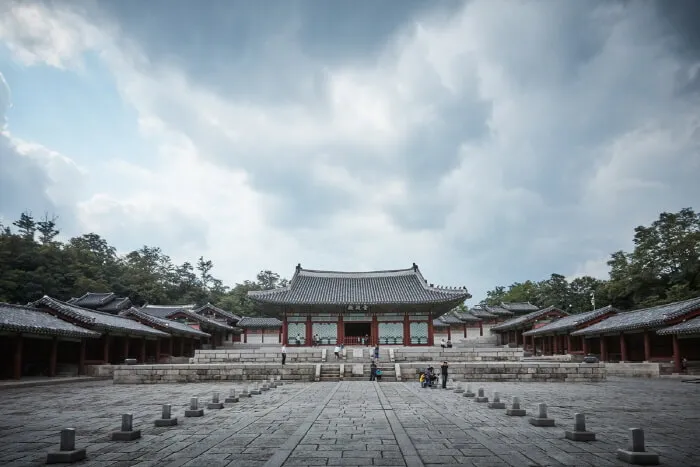
A Palace of Royal Retreat
Historical Background:
- Built in the early 17th century during the Joseon Dynasty, Gyeonghuigung served as a secondary palace, often used as a royal retreat during times of political instability.
- It was one of the “Five Grand Palaces” of Seoul, although it suffered the most damage of all the palaces.
- Ten Joseon kings stayed at Gyeonghuigung.
Architectural Features:
- Gyeonghuigung was originally a large complex with numerous buildings, showcasing traditional Korean palace architecture.
- The palace was known for its beautiful natural setting, with scenic views of the surrounding mountains.
- Unfortunately, much of the original palace was destroyed during the Japanese occupation of Korea.
A Place of Historical Events:
- Gyeonghuigung witnessed numerous historical events, including periods of political upheaval and royal family life.
- During the Japanese occupation the palace was used as a school, and much of the palace was destroyed.
- Since then, some parts of the palace have been restored.
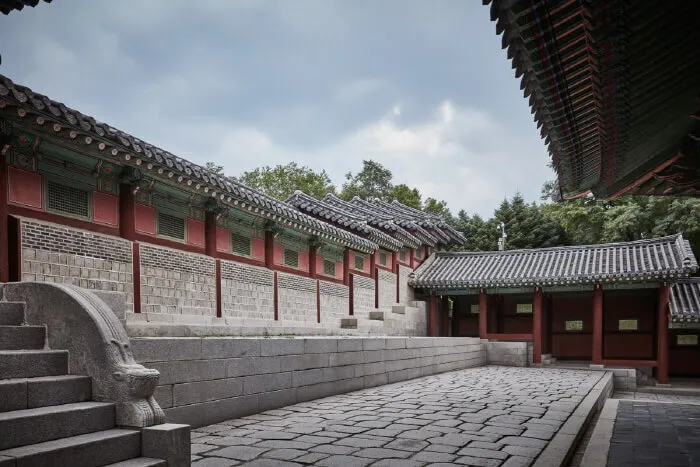
Visiting Gyeonghuigung Today
Cultural Experience:
- Visitors can explore the restored palace grounds and gain insights into the history of the Joseon Dynasty.
- The palace offers a serene atmosphere, providing a peaceful escape from the bustling city.
- There is a palace museum on the palace grounds.
Historical Significance:
- Gyeonghuigung serves as a reminder of Korea’s turbulent past and the importance of preserving cultural heritage.
- Although much of the palace was destroyed, the remaining structures and restored areas offer a glimpse into the palace’s former glory.
Accessibility:
- Gyeonghuigung is conveniently located in downtown Seoul, making it easily accessible by public transportation.
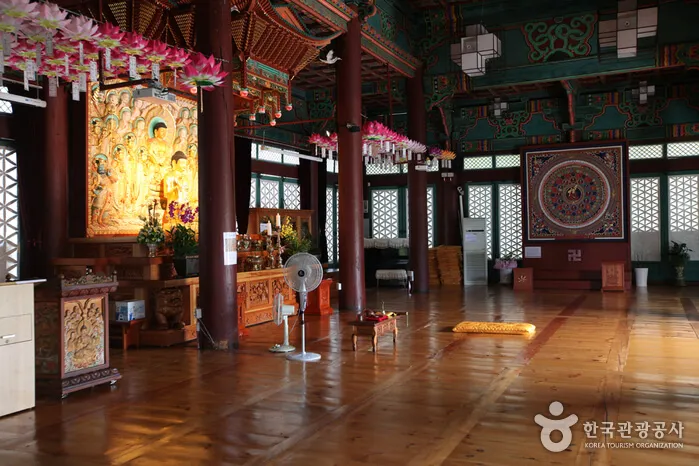
Gyeonghuigung Palace offers a poignant reminder of Korea’s history, showcasing the nation’s ability to overcome adversity and preserve its cultural legacy.
